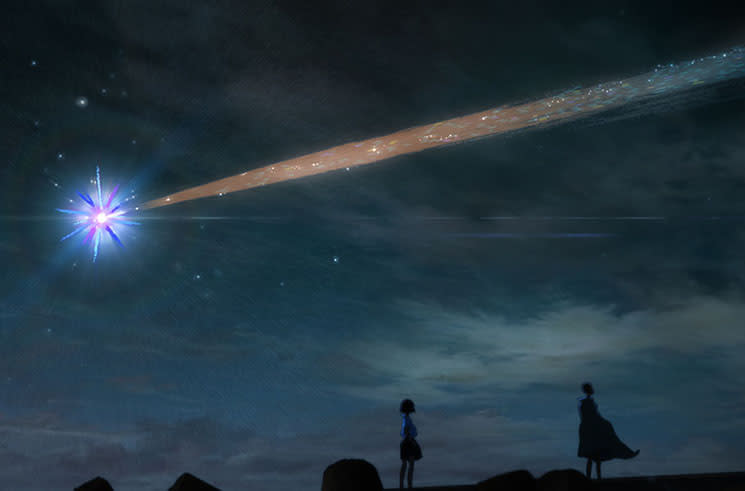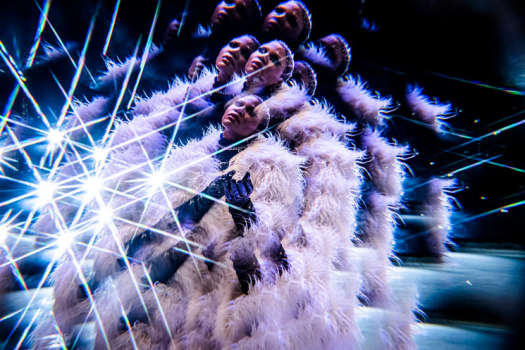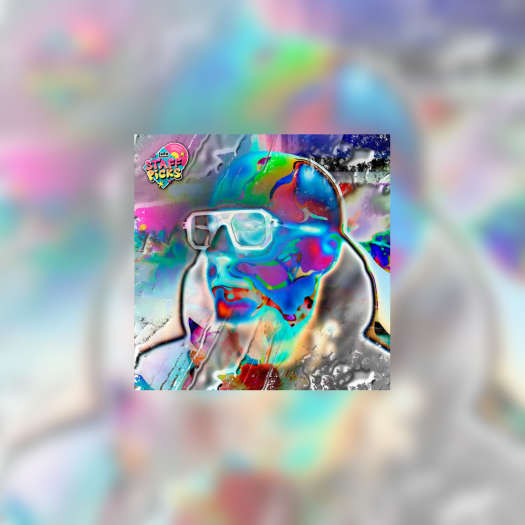Japanese animated film Children of the Sea, based on the manga series of the same name, follows Azumi Ruka (Mana Ashida), a bored teen on summer vacation. After being kicked off her school's sports team and refusing to stay cooped up at home with her alcoholic mother, she decides to visit the aquarium where her father works. The aquarium was once a place of comfort for Ruka, as she spent a lot of time there as a child before her parents' separation. She visits it again and rediscovers her love for the sea.
At the aquarium, she meets a mysterious boy named Umi (Hiiro Ishibashi) as he dives into one of the attraction's many tanks. He swims among the captive sea children like he's one of them, and he kind of is, as he explains that he and his older brother, Sora (Seishû Uragami), were raised at sea by dugongs. By spending time with the pair, Ruka discovers that, like them, she has a supernatural connection to the sea and the mysterious events that begin to occur in its depths.
Directed by Ayumu Watanabe, the film explores the ocean's importance to humanity with its use of imagery and mythic tales, like how the wind carries the ocean's memories to us subconsciously, which we take and turn into our songs and poems. The sea is the film's main character and the Japanese animation style captures it in the most stunning and vivid detail, as it pays homage to the waters that encircle many of the Earth's different landscapes, from big cities full of lights to the pure, crisp colours of Greece. It's so true to life in its intricacy that it feels almost live-action in terms of how the sea's underwater children are captured. The film's use of sound, mixed with Joe Hisaishi's score, makes you feel like you're swimming underwater.
Sometimes, though, the film is so consumed in its pretty, colourful sequences that you begin to feel disoriented and struggle to come up for air. It's a pretty frustrating watch at times, as the narrative begins to feel incoherent with all the metaphorical and symbolic visuals you're hit with. Perhaps there's some Japanese mythology here that a Western audience can't properly grasp, and that's why the film gets confusing, but still, there's so much mystery behind the supernatural pull of Ruka, Umi and Sora to the sea that isn't given much clarity. It's a film that often lacks focus and is hampered by its length.
But while it drowns in its own visuals, it delivers strong messages. It makes the audience think of their significance in such a vast universe. How we may seem small, but we have a bigger connection to all life forms and a bigger influence on the ocean and our mer-siblings than we like to acknowledge. The sea is a mother, and as deep-sea fish are found all washed up on the Japanese coast, and as other underwater life migrates out of their usual habitat due to lack of food, the film hits the audience with its true message: humans are murdering her children.
(GKIDS)At the aquarium, she meets a mysterious boy named Umi (Hiiro Ishibashi) as he dives into one of the attraction's many tanks. He swims among the captive sea children like he's one of them, and he kind of is, as he explains that he and his older brother, Sora (Seishû Uragami), were raised at sea by dugongs. By spending time with the pair, Ruka discovers that, like them, she has a supernatural connection to the sea and the mysterious events that begin to occur in its depths.
Directed by Ayumu Watanabe, the film explores the ocean's importance to humanity with its use of imagery and mythic tales, like how the wind carries the ocean's memories to us subconsciously, which we take and turn into our songs and poems. The sea is the film's main character and the Japanese animation style captures it in the most stunning and vivid detail, as it pays homage to the waters that encircle many of the Earth's different landscapes, from big cities full of lights to the pure, crisp colours of Greece. It's so true to life in its intricacy that it feels almost live-action in terms of how the sea's underwater children are captured. The film's use of sound, mixed with Joe Hisaishi's score, makes you feel like you're swimming underwater.
Sometimes, though, the film is so consumed in its pretty, colourful sequences that you begin to feel disoriented and struggle to come up for air. It's a pretty frustrating watch at times, as the narrative begins to feel incoherent with all the metaphorical and symbolic visuals you're hit with. Perhaps there's some Japanese mythology here that a Western audience can't properly grasp, and that's why the film gets confusing, but still, there's so much mystery behind the supernatural pull of Ruka, Umi and Sora to the sea that isn't given much clarity. It's a film that often lacks focus and is hampered by its length.
But while it drowns in its own visuals, it delivers strong messages. It makes the audience think of their significance in such a vast universe. How we may seem small, but we have a bigger connection to all life forms and a bigger influence on the ocean and our mer-siblings than we like to acknowledge. The sea is a mother, and as deep-sea fish are found all washed up on the Japanese coast, and as other underwater life migrates out of their usual habitat due to lack of food, the film hits the audience with its true message: humans are murdering her children.




